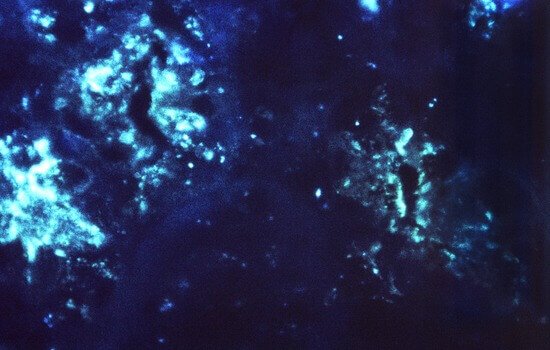HLA-A Antibody - FITC Conjugated

Details
Gene name
HLA-A
Recognized antigen
HLA-A
Product type
Antibody
French translation
anticorps
Conjugation
Anti-FITC Antibody
Long name
Antibody against HLA-A
Storage
For shorter time periods the HLA-A Antibodies may be kept refrigerated at +4 degrees Celsius. For extended periods of time keep frozen at -20 °C. Avoid freezing and thawing the lysate repeatedly as these cycles will cause denaturation and/or disruption of the protein chains and peptide bonds of the HLA-A Antibodies which might cause change or loss of the desired properties.
Tips
Small amounts of the HLA-A antibody may get entrapped on the walls or lid of the vial as a result of shaking during transportation or handling. Prior to use, cetrifuge the vial to ensure that all of its content is collected on the bottom. In order to avoid cycles of freezing and thawing we recommend to plan and prepare aliquots according to the experiment demand and defrost only the amount which wil be needed for immediate use.
Properties
If you buy Antibodies supplied by aviva they should be stored frozen at - 24°C for long term storage and for short term at + 5°C.This aviva Fluorescein isothiocyanate (FITC) antibody is currently after some BD antibodies the most commonly used fluorescent dye for FACS. When excited at 488 nanometers, FITC has a green emission that's usually collected at 530 nanometers, the FL1 detector of a FACSCalibur or FACScan. FITC has a high quantum yield (efficiency of energy transfer from absorption to emission fluorescence) and approximately half of the absorbed photons are emitted as fluorescent light. For fluorescent microscopy applications, the 1 FITC is seldom used as it photo bleaches rather quickly though in flow cytometry applications, its photo bleaching effects are not observed due to a very brief interaction at the laser intercept. aviva FITC is highly sensitive to pH extremes.